Paraguay: Villages Part 1 (San Bernardino, Luque, Aregua, Itaugua)
Апублікавана: 11.02.2019
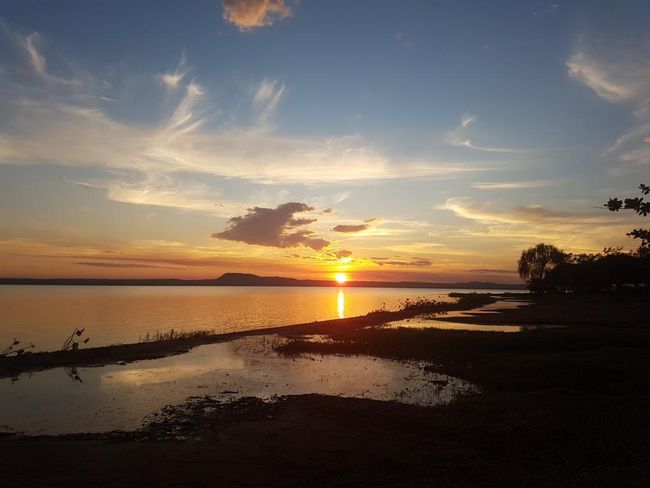
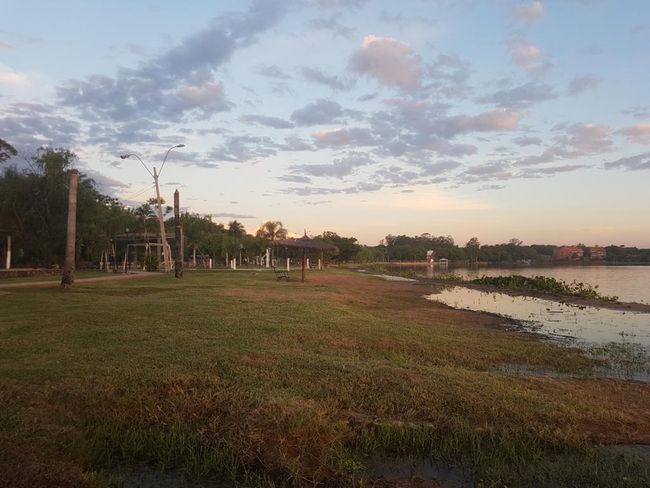
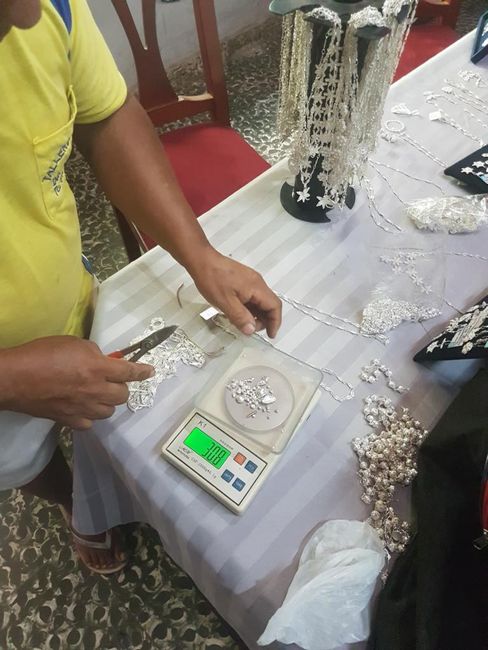
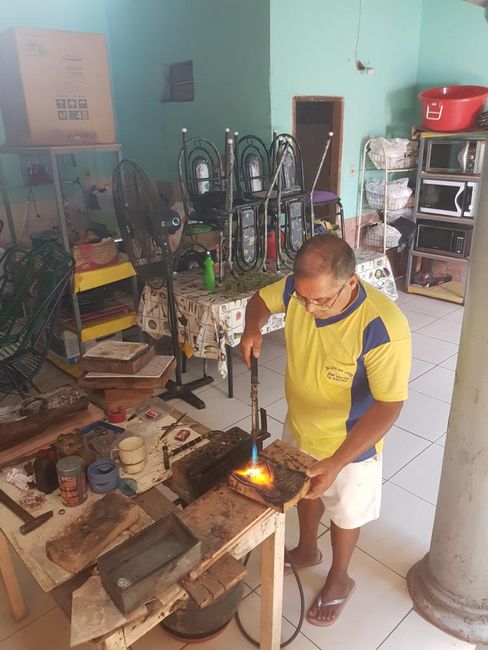
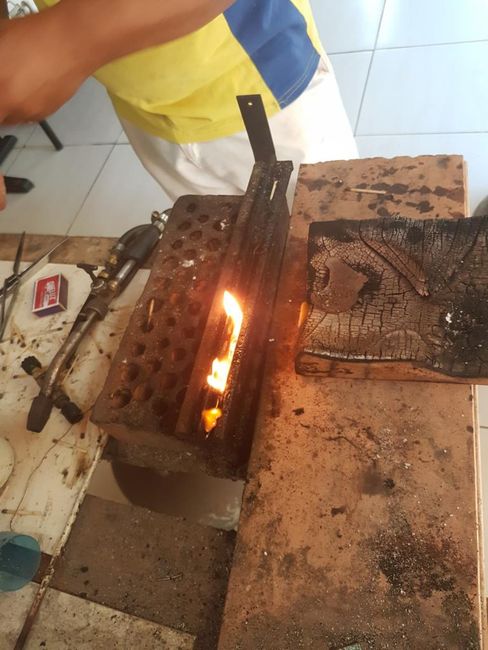
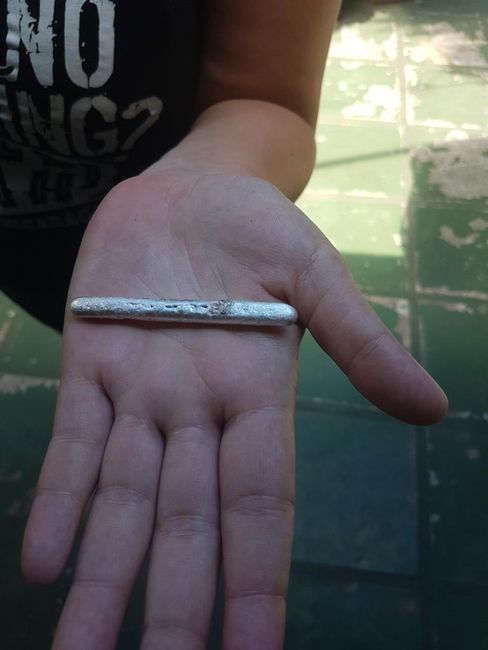

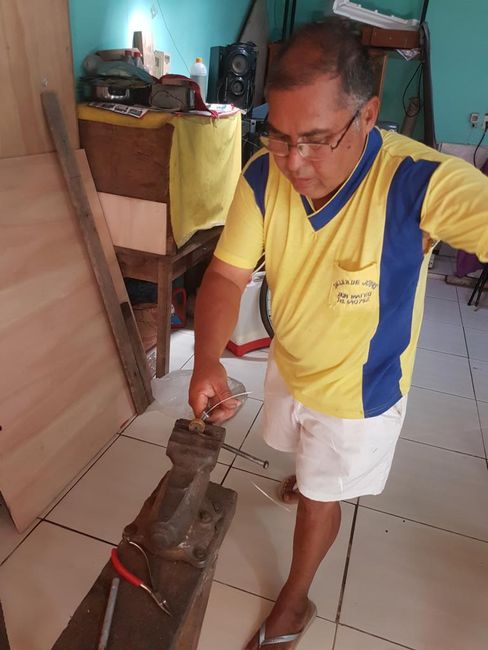
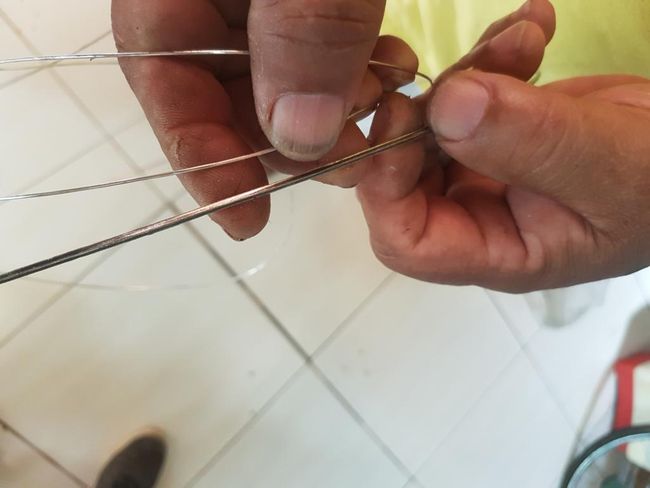
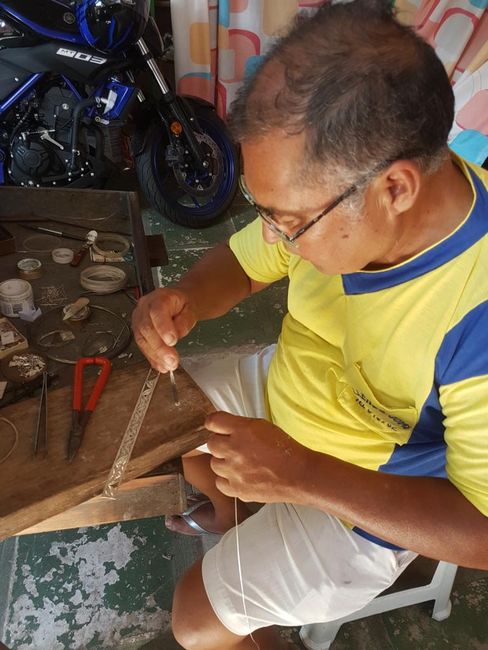
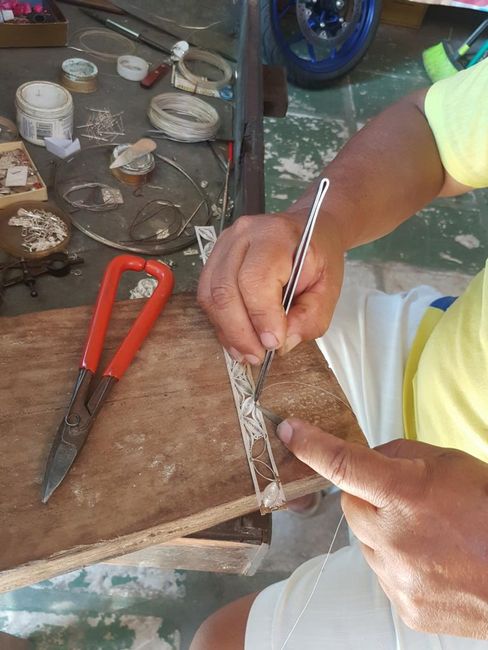
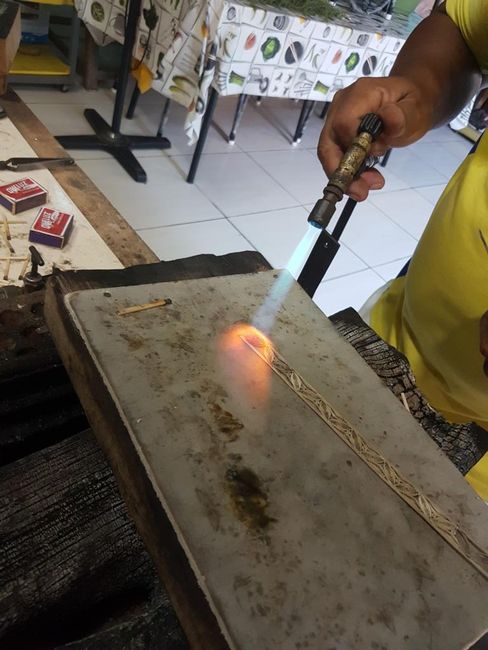
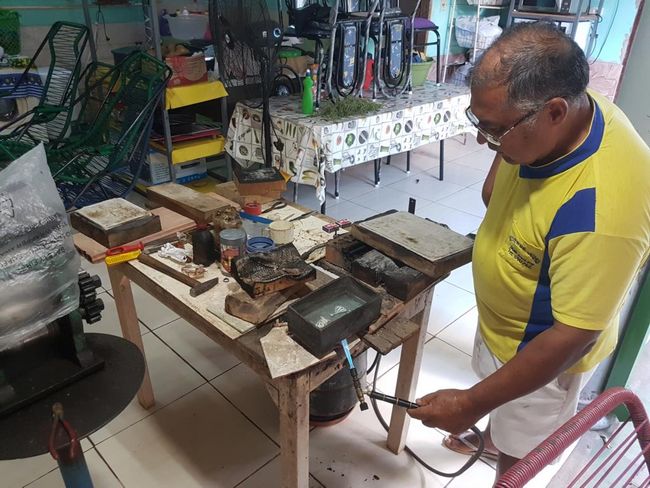
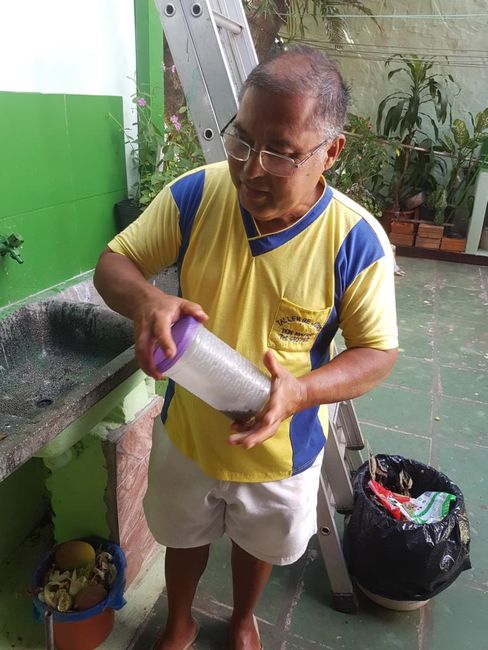
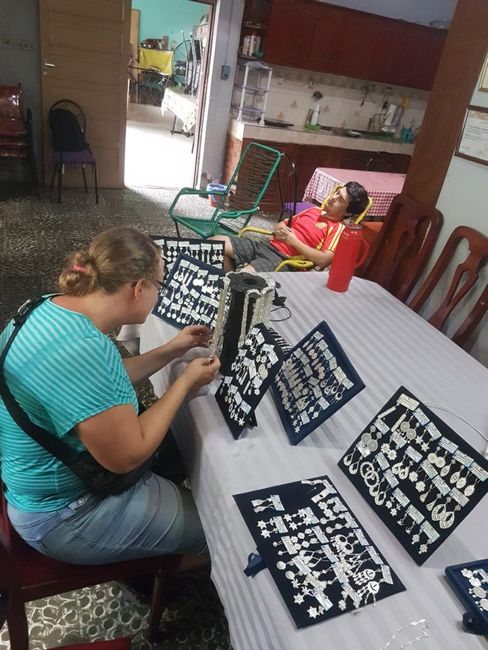
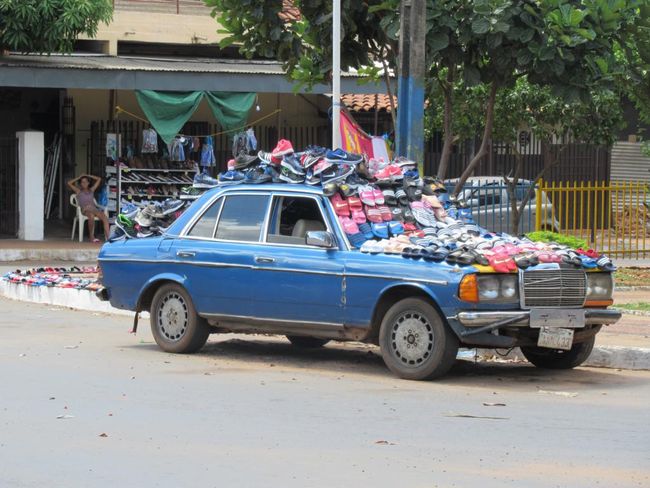
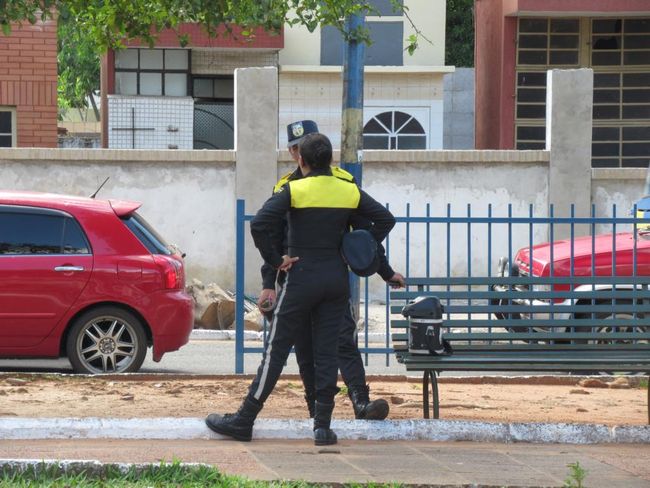
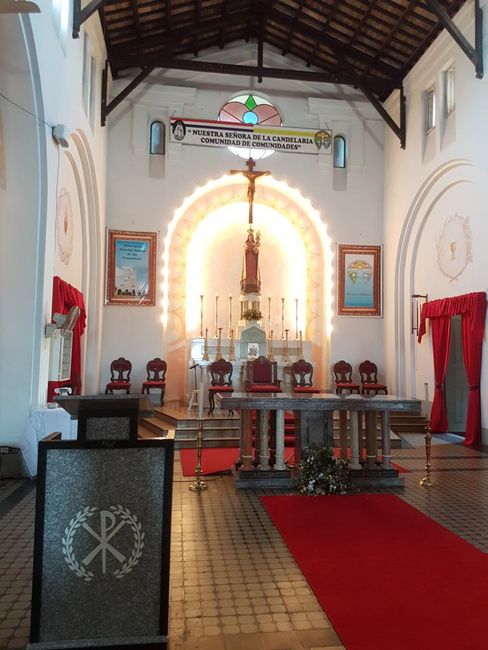
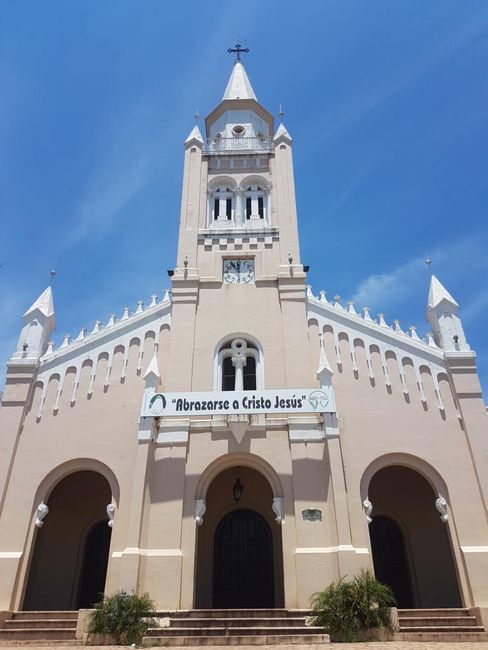
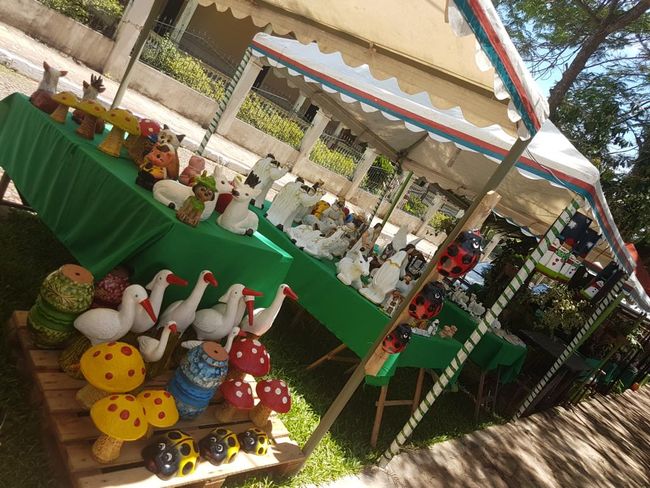
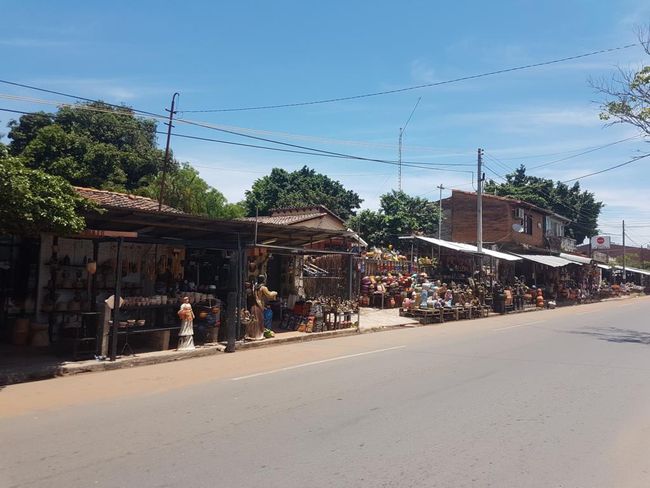
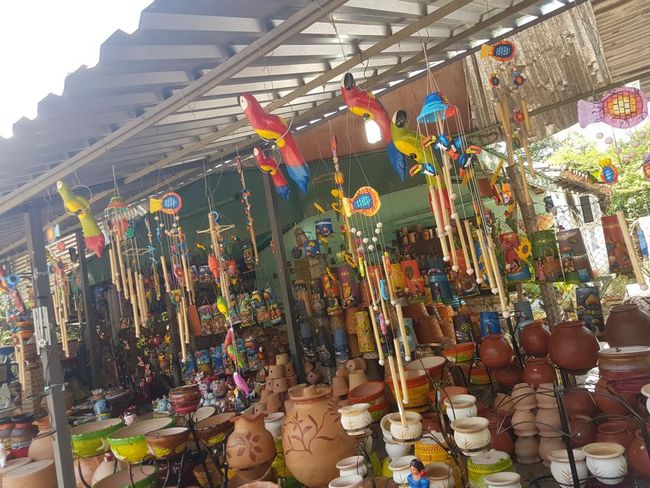
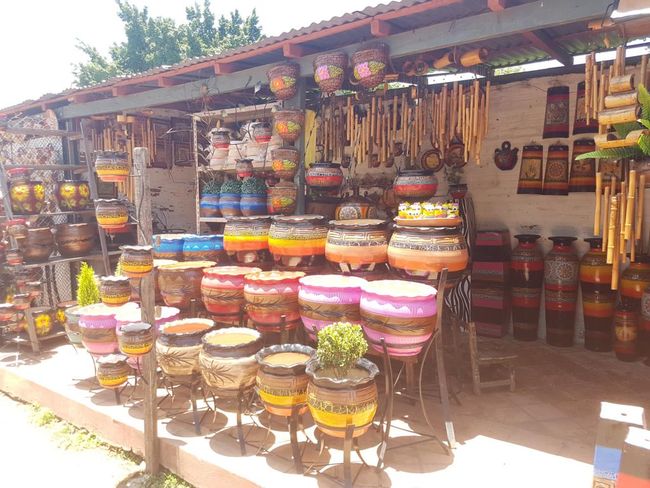
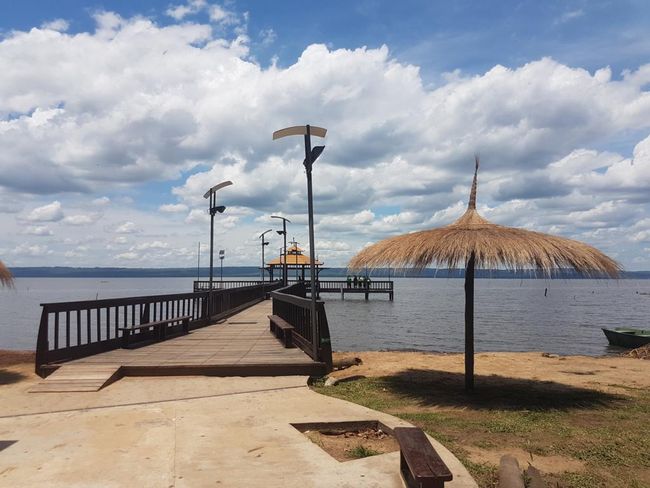
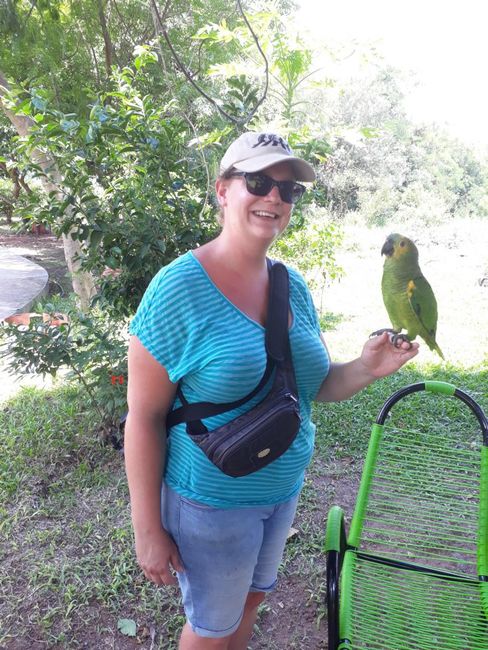
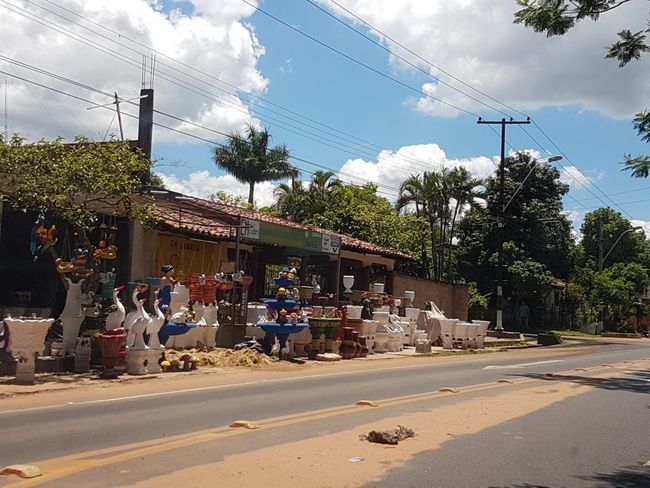
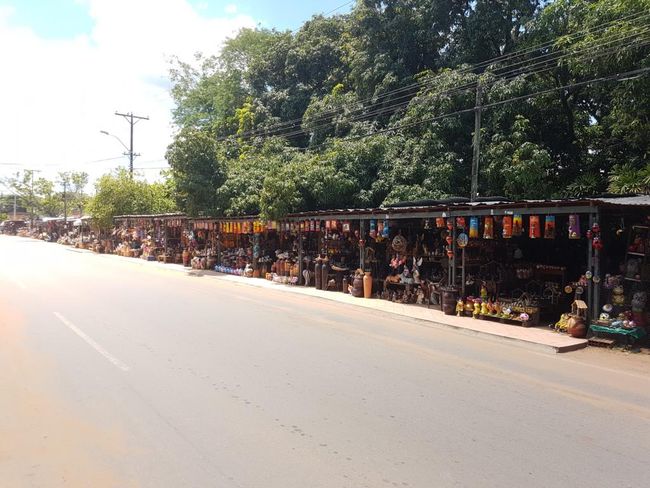
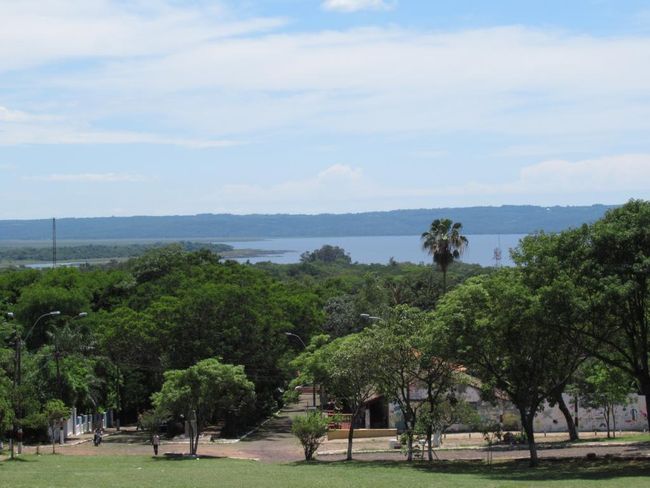
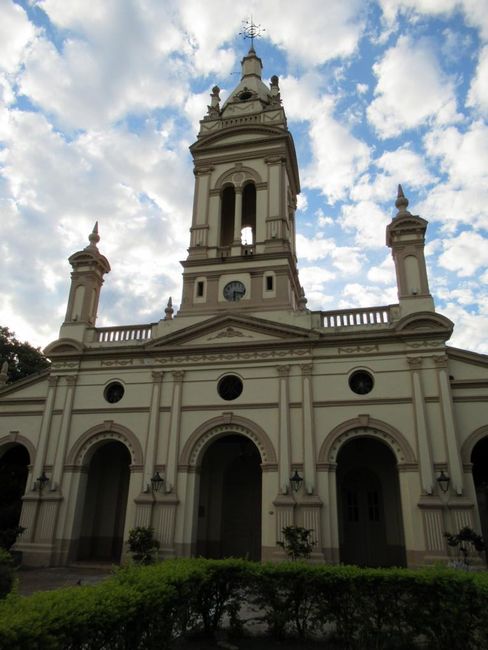
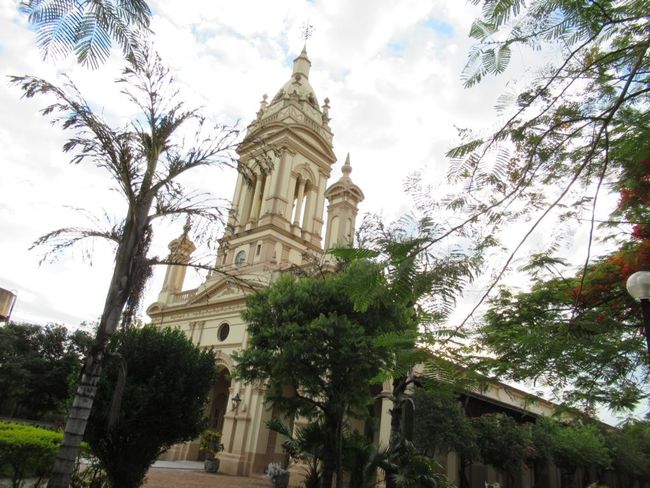
Падпісацца на рассылку
From Filadelfia we first went to San Bernardino and looked for accommodation there. San Bernardino is located on Lake Ypacarai and is considered the preferred recreational area for the wealthy citizens of Paraguay. This meant that our local hotel was even more expensive and worse than all the previous ones. We actually got along well with the young "landlord" and had a nice evening in the garden with interesting conversations. It turned out that he was the son of the owner family and this family seemed to be doing really well, after all they had another hotel in Asuncion and the son was taking flying lessons at the nearby airport and generally seemed quite spoiled, bragging about expensive cars and such. Nevertheless, we happened to overhear a conversation between the family where the parents complained that we were paying way too little for the room because we had found a last-minute special offer on the internet. To be fair, we hadn't even booked the room on the internet, but negotiated the same price upon arrival, otherwise they would have had to pay another 15% to the booking platform. Considering the fact that we were the only guests in the hotel at that time and that our room, or rather shack, once again fell far short of all price-performance requirements, it was quite cheeky. Even cheekier, the breakfast on the second day was only half the size of the first day (meaning only 1 bun and a slice of ham per person), in addition our room door couldn't be locked, the internet wasn't working, and when we checked out, suddenly the credit card terminal wasn't working, even though we had explicitly asked before booking if card payment was possible. That was definitely too much and we complained and demanded a discount in the amount of the bank fees for a cash withdrawal. In response, we were told: Why did you even stay for 2 nights if you don't like it? Well, thanks a lot. Actually, on the way back a few days later, we needed another hotel in the area, but then we took a detour to go to another hotel. I would have preferred to sleep in the Chiquitito-Mobile rather than go back there again.
In San Bernardino there is nothing else to see. The town only has expensive hotels and restaurants.
From San Bernardino we drove to some villages in the area.
When we inquired about the sights in the country at the tourist information in Asuncion, we saw a sales booth offering filigree jewelry made of silver. We asked about it and found out that this jewelry is made in Luque. Out of curiosity and because we thought it would be a nice Christmas gift for the women in the family, we went there. Jorg had found a jewelry store called "Don Mateo" on his beloved MapsMe app. In the absence of official parking spaces, we simply parked our Hyundai along the busy main road, as seems to be the custom here, and went in search of Don Mateo's store. But it didn't seem to exist somehow. So we asked a man on the street if he knew where we could find Don Mateo. Indeed, he knew him, took a few steps with us and then rang a doorbell. A few moments later, the door opened, Don Mateo greeted us and invited us in. And so we found ourselves in his house, where the wife greeted us in the kitchen, the son just grunted a short "Hola" while slouching in a rocking chair in front of the television with his T-shirt pulled up.
Mateo, who of course smelled a good business opportunity, immediately brought out huge travel bags into the kitchen and spread heaps of jewelry in front of us on the kitchen table.
When we inquired about the production of the
jewelry, he took us to the open washroom, which also serves as a workshop, and gave us a 1.5-hour introduction to his craft. And it was really fascinating. Filigree jewelry is made from fine silver wires. I had thought that Mateo would buy the wires to make the pieces, but I was mistaken. Mateo showed us the raw material, the silver he procures, among other things from the silver mine in Potosi. Simple silver beads, 98% purity. He weighed a small amount of silver and added a little copper. From 30g of silver and 1g of copper, he can produce about 100m of wire. He then heated the silver with a Bunsen burner until it was liquid and poured it into a wooden mold. This yielded a small rectangular silver bar. He then pressed the bar countless times through a manually operated roller to reduce the cross section and produce a wire. When the wire became too small for the roller, he continued with a diamond-coated draw die. He repeatedly drew the silver wire by hand through the drawing apparatus. Of course, he only gave us a brief demonstration of the whole process, and we ourselves were allowed to try rolling and drawing a bit. In reality, he has to draw the silver through the differently sized draw dies countless times until the wire becomes thinner and longer and eventually reaches the desired diameter. All in painstaking manual work.
He then used thicker wire to make the contour of the desired piece of jewelry. With a skillful hand movement, he wound the thinner wire onto a kind of screwdriver and pressed it into the outer mould. This is how the beautiful filigree style is created.
He then produced silver dust from a melted silver bar using a file. He mixed this with borax. The resulting mass serves as soldering material, which he applied to the still loose piece of jewelry and then heated it with a gas burner to fix the silver wires. He placed the finished soldered piece of jewelry in a solution of water and chemicals, which he also heated with the gas burner to remove the borax residue. After rinsing the jewelry with water, he placed it in a plastic container filled with metal beads and shook it to polish the silver piece.
And presto... the filigree jewelry made of silver is finished. He produces each design in series of 100 pieces in order to speed up the work. Depending on the complexity of the design, he needs up to 10 days for such a series of one hundred.
Don Mateo told us that he has over 54 years of experience in making this jewelry. He learned the trade from a neighbor of his family when he was 10 years old. By now, he has passed on his knowledge to his son (who, by the way, is still sticking his belly out in the rocking chair in front of the television and doesn't seem motivated at all). Nowadays, about 40 people in Luque master this craft.
We were incredibly impressed by this craftsmanship, especially by the fact that it is truly 100% handmade. We happily bought some pieces from Don Mateo, which would make nice Christmas gifts for friends and family.
When we said goodbye, Don Mateo gave us his business card and said that he could also send his pieces to Europe in case we wanted to open a store there. We'll see. :-)
After visiting Luque, we continued to Aregua, which is located on the opposite side of Lake Ypacarai and is known for its ceramics. In fact, the first sales booths are already located along the main road at the entrance to the village. In the village center, there is a charming market where you can buy all kinds of ceramic products. Fancy a life-size ceramic swan? Or a monstrous statue of Christ for the garden? And since it was pre-Christmas time, there were of course also cribs in all imaginable sizes, from miniature to almost life-size. Beautiful flower pots that would cost a fortune in our country can be purchased here for a few francs. Unfortunately, they just don't fit so well in our luggage. Nevertheless, we couldn't resist and were tempted to buy 2 cool ceramic parrots. We would curse this completely stupid idea for weeks to come, namely every time we have to transport these huge and of course fragile things on the bus for hours.
Since it was unbearably hot, we didn't take a single step on foot in Aregua. We had parked the car directly on the road next to the market in typical Paraguayan fashion. And so we loaded our parrots and drove to the village church of Aregua, which sits on a hill. The view from the church was supposed to be quite nice, but it wasn't anything special.
Otherwise, the little village of Aregua with its colonial houses and cobblestone streets is really very nice.
Finally, we drove to the Lido on the lakeshore, a facility with picnic tables, sunshades, sanitary facilities, a beach, and food and drink stands. It wasn't very crowded, only a few people were there, and the friendly gentlemen at the entrance even waived the entrance fee for us. Here we also drank Terere ourselves for the very first time, which we bought at a stand, and we really liked it, although the cold tea is a bit bitter. We also had a conversation with the lady at the restroom and she joyfully brought her recently acquired tame parrot out of its cage and put it on my hand. The cute little bird greeted me with a croaked "Hola".
Afterwards, we drove to Itaugua, which is considered the center for the production of Nanduti, and where you could allegedly visit workshops as well. Nanduti is a kind of lace made of fine threads and the technique resembles a spider's web. Unfortunately, we didn't find any such workshops, only some shops that offered doilies made of Nanduti, which were recommended to us by locals. We don't need doilies, never have, and won't have any in the future either.
Apart from that, the village of Itaugua is quite dreary and not particularly worth seeing. We stopped by the church and hung out in the park for a while before continuing our journey.
In the evening, we drove back to San Bernardino and spent the evening on the shore of the lake, watching the sunset. We had read on the internet that the water is apparently so dirty that it is better not to swim in the lake. So we didn't.
Падпісацца на рассылку
Адказ
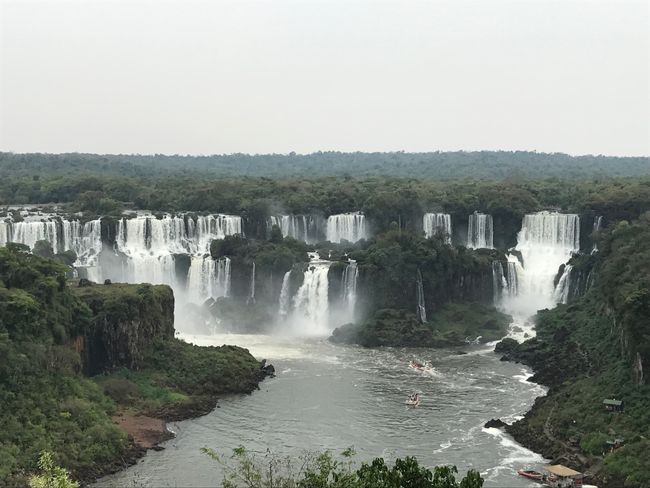
Справаздачы аб падарожжах Парагвай

